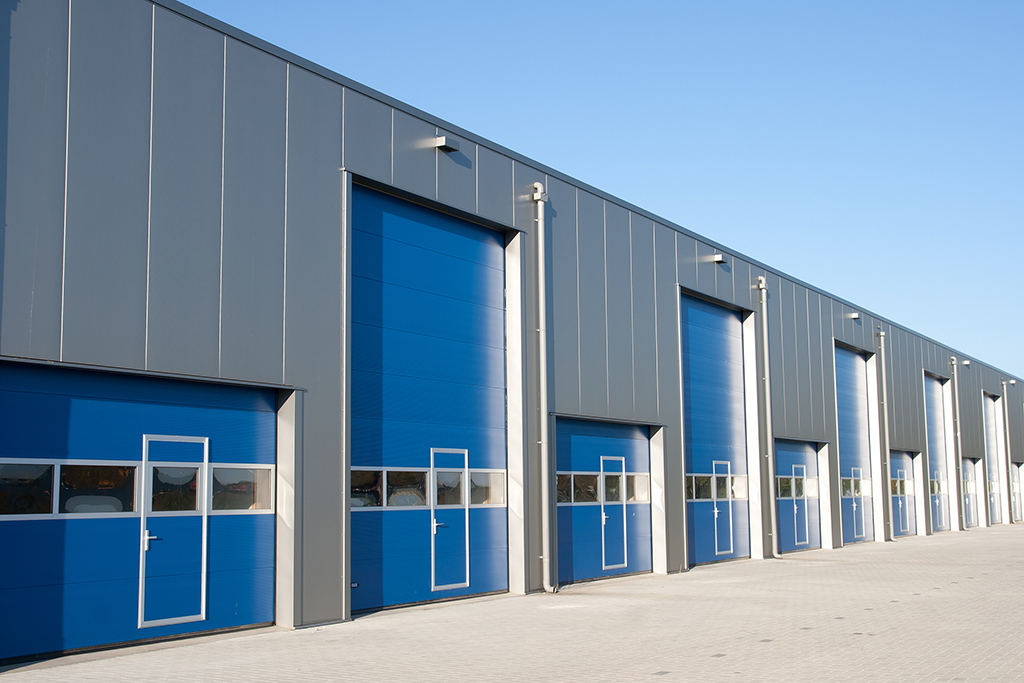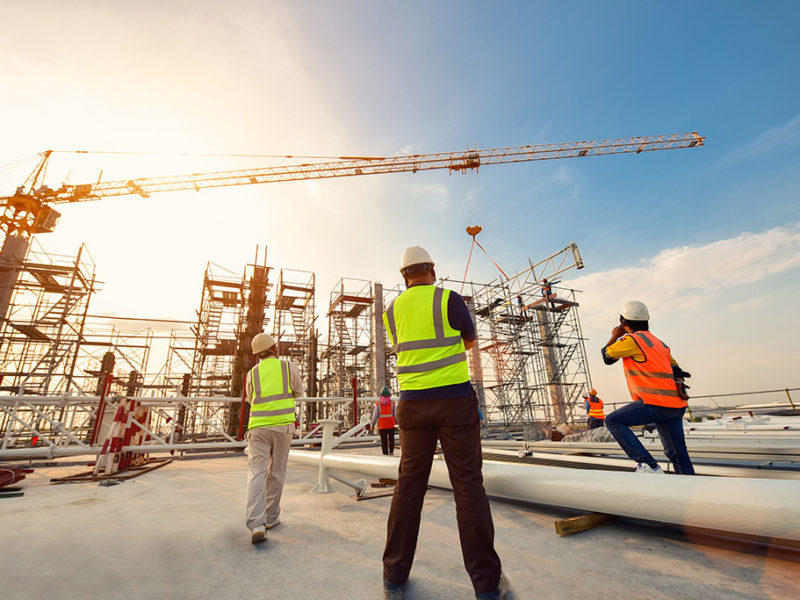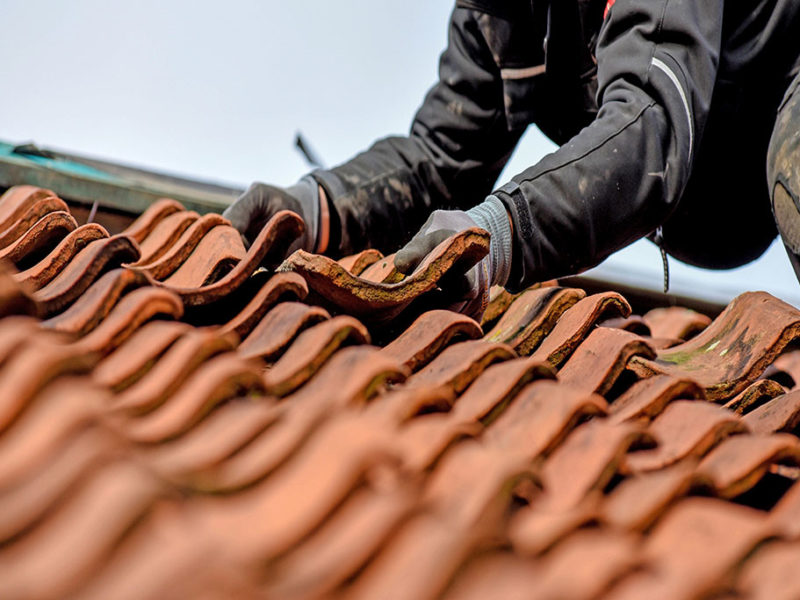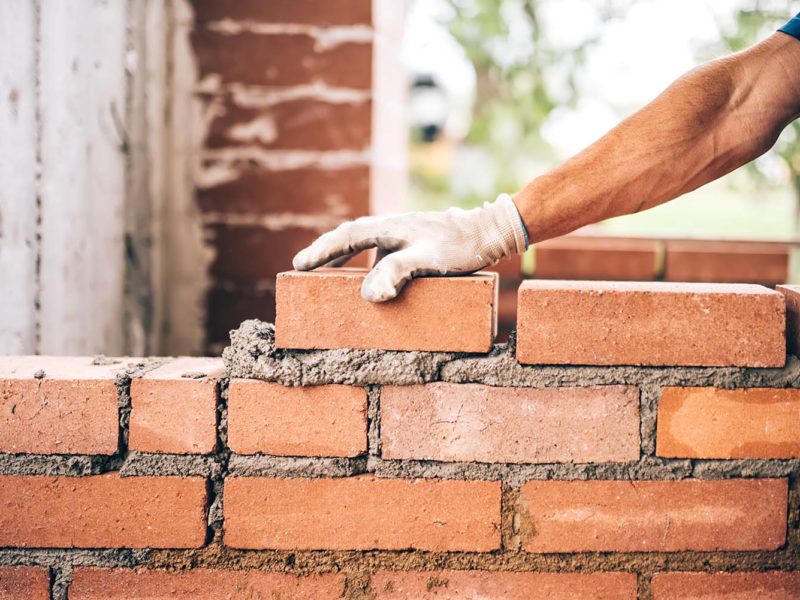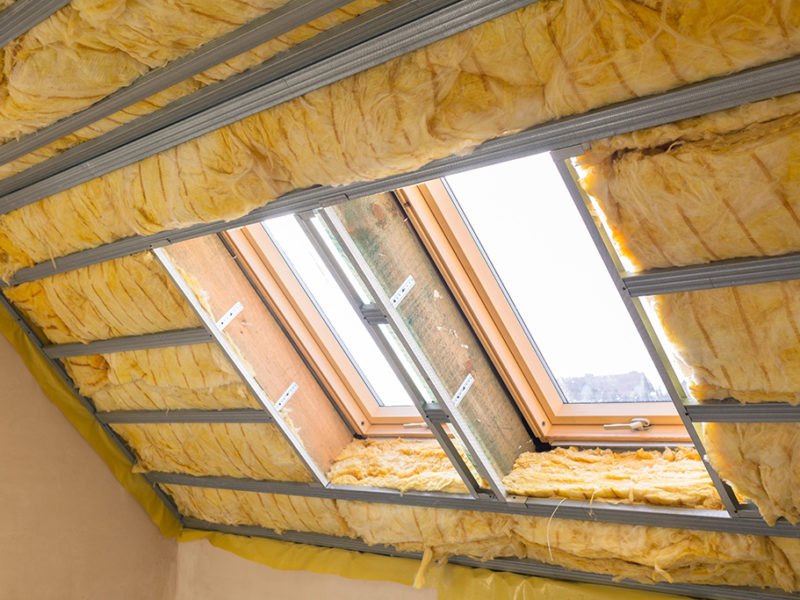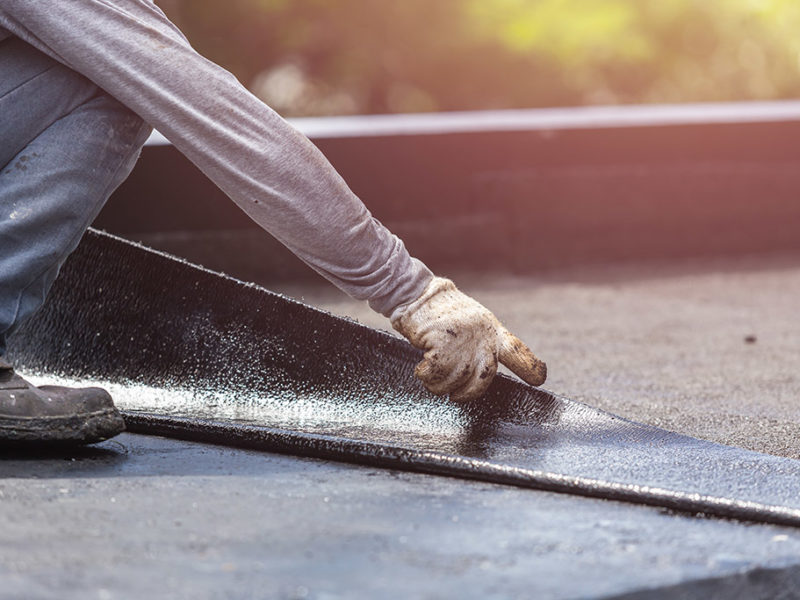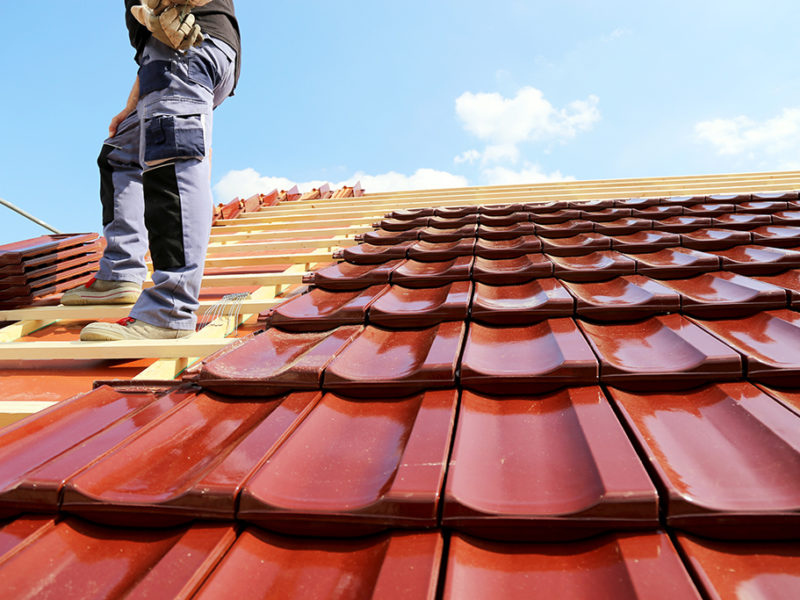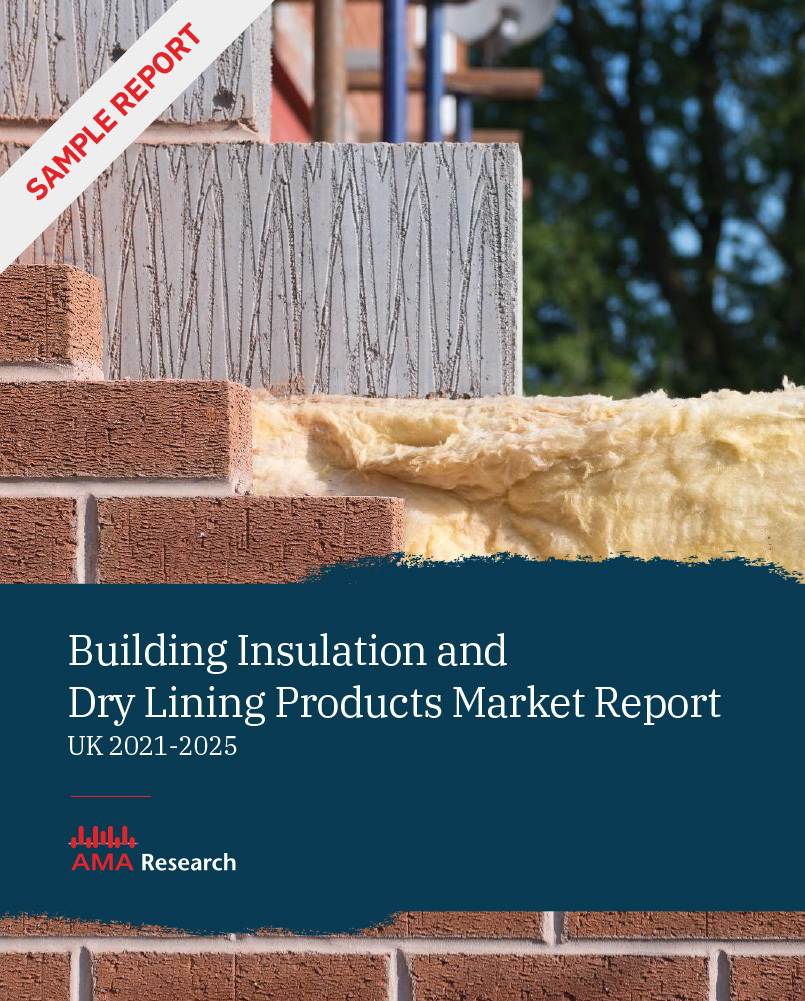Wall Cladding Market Report – UK 2020-2024
Available as an Instant Download PDF
The 12th edition of the Wall Cladding Market Report UK 2020-2024 has been published by AMA Research. The report analyses recent trends in demand and supply of major cladding products and systems and offers forecasts through to 2024.
£1,599.00 Exc. VAT
The 12th edition of the Wall Cladding Market Report – UK 2020-2024 analyses recent trends in demand and supply of major cladding products and systems and offers forecasts through to 2024. The report also examines recent market trends and future prospects, along with supplier and distribution analysis. This report contains original input and a detailed assessment of the market and represents excellent value for money to companies in the industry or considering entry.
Key products covered in the report
- Profiled sheets & composite panels
- Rainscreen cladding
- Curtain wall and structural glazing
- External wall insulation systems
- Cast stone panels
- Facing clay and concrete bricks
- Other e.g. timber and precast concrete panels
Areas of particular interest
- Analysis of key product / material groups in terms of area installed and value. Split by material types where appropriate, variations in performance. Market size and mix by value.
- Market forecasts for key product sectors up to 2024.
- Review of key end use sectors and distribution channels.
- Hackitt Review and implications for future growth.
- Leading suppliers and market share estimates in the key product/material sectors.
- Supplier reviews by key product types.
Some of the companies included:
Ibstock, Forterra, Wienerberger, Taylor Maxwell, Vivalda Group, Roofing & Cladding Materials, Proteus, Sotech Optima, CGL Facades, Smart Systems, Schueco, Kawneer UK, Reynaers, Hydro Building Systems, Parkside Group, Aluk GB, Metal Technology, Prater, Glassolutions (Saint Gobain), M Price, Dane Architectural Solutions, Permasteelisa Group, Seele UK, Focchi UK, Lindner Facades, Schneider GB, Yuanda UK, Hydro Building Systems UK, Kawneer UK, Smart Systems, Aluprof UK, Alumet Systems, APIC UK, Structura UK, Schneider GB, Felix UK, Focchi and more.
Key areas covered in the report
Market Overview
- Total wall cladding market 2015-2019 – market trends by area installed, with key market drivers: – growth in demand for new housing, warehousing, commercial offices, high rise towers. Review of 2020.
- Forecasts for wall cladding market by area installed 2020-2024 and underlying factors e.g. outcomes of investigations into the Grenfell Tower fire e.g. higher insurance premiums for contractors, review of Building Regulations; Brexit transition period; skills shortages, Covid-19 impact.
- Product mix – ‘headline’ level by main types of cladding by area installed 2019 facing bricks, profiled & composite panels, rainscreens, external wall insulation systems, cast stone,
Product Sectors
- Key sectors and materials – facing bricks, formed metal systems, rainscreen cladding, external wall insulation (EWI), curtain wall, cast stone, timber, precast concrete panels.
- Market size & trends by area installed 2015 -2019, review of 2020 – key influencing factors, economic growth, construction output, Grenfell and Hackitt review, changes to Building Regulations, etc.
- Market mixes by application 2019 – new housing, domestic RMI, commercial, etc.
- Supply & distribution – leading suppliers in each sector, corporate activity, etc.
Market Prospects
- Market size by value 2020-2024 – product analysis, market trends, growth prospects and the effects of Covid-19 and Brexit on economy in the short-medium term.
- Factors influencing market growth – Grenfell, Hackitt review, construction and RMI expenditure, regulations, economic uncertainty following Covid-19 and Brexit etc.
- Construction output by sector to 2022, with trends for key non-domestic sectors including education, offices, infrastructure etc. Construction output for the domestic sector, including the construction of apartments and trends to 2022.
Supply & Distribution
- Review of major suppliers in all product sectors – major groups, leading companies, specialist suppliers. Company overview, key products, sectors and financial information.
- Review of distribution structure
Tables and Charts
There are 37 tables and charts included in this report.
From 2015 to 2017, demand for cladding, including bricks had been increasing in line with the generally positive growth in the construction market, reaching an estimated 46.7 million m2 in 2017. However, the overall market was fairly flat in 2018 and 2019, driven by falling levels of new builds in the offices sector and by a slowdown in the number of new housing completions. The Covid-19 pandemic is expected to result in a significant drop in the area of cladding installed.
As with the construction industry in general, there are other issues that could have a detrimental effect on the cladding sector, muting growth in installation volumes through to 2024. The economic impact of the UK’s exit from the EU is still unknown but there were signs of a slowdown in the offices sector in 2018 and 2019, which is a key end use sector for cladding systems. Other end use sectors such as retail and entertainment & leisure are expected to experience significant reductions in new work as a result of Covid-19, while growth in capital spending in both education and health are only forecast moderate growth between 2020 and 2024.
On a more positive note, the outlook for residential construction is for continued growth in the longer term, despite the setback to output in 2020 caused by Covid-19. Strong growth in housebuilding starts has driven up demand for facing bricks, and to a lesser extent cast stone and rendered blockwork. Underpinned by the ongoing demand for new housing and with completion levels being consistently below Government targets, the forecast is for demand for these products to be sustained over the medium term once the market picks up momentum post-Covid-19.
Contents Listing
1. INTRODUCTION 8
1.1 BACKGROUND 8
1.2 SOURCES OF INFORMATION 8
2. SUMMARY 10
2.1 MARKET BACKGROUND 10
2.2 MARKET FORECASTS 11
3. THE UK WALL CLADDING MARKET 13
3.1 DEFINITIONS 13
3.2 MARKET SIZE AND TRENDS 13
3.2.1 Current Market Situation 13
3.2.2 Market Prospects 15
3.3 PRODUCT MIX OVERVIEW 15
3.4 KEY MARKET FACTORS 17
3.4.1 Overall Construction Market 17
3.4.2 Non-Residential Construction 18
3.4.3 Housebuilding 24
3.4.4 Fire Safety Issues 27
3.4.5 Insurance 29
3.4.6 Skills Shortages 30
3.4.7 Building Regulations 31
3.4.8 Procurement and Specification Issues 32
3.4.9 Sustainability Issues 32
4. FACING BRICKS 36
4.1 INTRODUCTION AND DEFINITIONS 36
4.2 MARKET SIZE AND TRENDS 36
4.2.1 Market Volumes 36
4.2.2 Production and Deliveries 38
4.3 END-USE APPLICATION MIX 38
4.4 DISTRIBUTION MIX 39
4.4.1 Supply Chain Share 39
4.4.2 Manufacturers and Other Suppliers 41
5. RAINSCREEN CLADDING 45
5.1 INTRODUCTION 45
5.2 MARKET OVERVIEW 45
5.3 FAÇADE MATERIALS 46
5.3.1 Metals/Metal Composite Panels 47
5.3.2 High Pressure Laminate Sheets 48
5.3.3 Fibre Cement Sheets 49
5.3.4 Wood and Mineral Composite Boards 49
5.3.5 Natural/Ceramic Stone 50
5.3.6 Terracotta Panels/Brick Slips 50
5.4 RAINSCREEN SYSTEM DISTRIBUTORS AND FABRICATORS 53
6. EXTERNAL WALL INSULATION AND RENDERS 56
6.1 INTRODUCTION AND DEFINITIONS 56
6.2 MARKET SIZE AND TRENDS 56
6.2.1 External Wall Insulation (EWI) Systems 56
6.2.2 Rendered Blockwork 59
6.2.3 Pebbledash and Roughcast Render 61
6.3 SUPPLIERS 61
7. CURTAIN WALL AND STRUCTURAL GLAZING 64
7.1 INTRODUCTION 64
7.2 MARKET SIZE AND TRENDS 65
7.3 MARKET MIXES 66
7.4 SUPPLY 67
7.4.1 Systems Companies 67
7.4.2 Systems Fabricators – Installers 69
7.4.3 Turnkey Contractors 72
8. CAST STONE PANELS 74
8.1 INTRODUCTION AND DEFINITIONS 74
8.2 MARKET SIZE AND TRENDS 74
8.3 SUPPLY 75
9. OTHER 78
9.1 TIMBER 78
9.2 PRECAST CONCRETE PANELS 81
APPENDICES 83
APPENDIX A: ECONOMIC ENVIRONMENT 83
A.1 OVERVIEW AND OUTLOOK 83
A.2 GDP 83
A.3 INFLATION AND INTEREST RATES 85
A.4 EMPLOYMENT AND WAGES 86
A.5 HOUSEHOLD CONSUMPTION 87
A.6 STERLING 88
Tables & Charts
CHART 1: UK TOTAL WALL CLADDING MARKET 2015 TO 2024 – BY AREA INSTALLED (MILLION M2) 10
TABLE 2: UK TOTAL WALL CLADDING MARKET AREA INSTALLED 2015 TO 2024 – MILLION M2 14
CHART 3: UK WALL CLADDING MARKET BY PRODUCT TYPE2019 – % BY AREA INSTALLED 2019 16
CHART 4: CONSTRUCTION OUTPUT (GREAT BRITAIN) NEW WORK & RMI – CURRENT PRICES (£BN) 2015 -2024 17
CHART 5: NON-RESIDENTIAL CONSTRUCTION OUTPUT (GREAT BRITAIN) NEW WORK & RMI 2015 TO 2024 – BY VALUE (£BN AT CURRENT PRICES) 19
CHART 6: NON-RESIDENTIAL CONSTRUCTION OUTPUT NEW WORK ANALYSIS BY SECTOR % BY VALUE GB 2019 AND 2024 FORECAST 20
CHART 7: OFFICE STOCK BY REGION (ENGLAND & WALES) 2018-19 % BY GROSS INTERNAL FLOOR AREA (GIFA) 21
CHART 8: UK ENTERTAINMENT MARKET REVENUE SECTOR ANALYSIS 2018-19 % SHARE OF TOTAL MARKET REVENUE 23
CHART 9: RESIDENTIAL CONSTRUCTION OUTPUT (GREAT BRITAIN) NEW WORK & RMI 2015 TO 2024 – BY VALUE (CURRENT PRICES £BN) 25
TABLE 10: GB HOUSE BUILDING STARTS AND COMPLETIONS 2015 TO 2024 – BY VOLUME (‘000’S) 25
TABLE 11: HOUSEBUILDING COMPLETIONS MIX BY TYPE & NUMBER OF BEDROOMS IN ENGLAND 2013 TO 2020 – % OF DWELLINGS (ALL TENURES) 26
TABLE 12: TRADES AND NUMBER IN EMPLOYMENT 2016-2023. 30
CHART 13: UK MARKET FOR FACING BRICKS 2015 TO 2024 – BY AREA INSTALLED (MILLION M2) 37
TABLE 14: BRICKS UK PRODUCTION, DELIVERIES AND STOCKS BY VOLUME (MILLIONS OF BRICKS) 2014 TO 2019 38
CHART 15: UK MARKET FOR FACING BRICKS BY END USE SECTOR 2019 – % BY AREA INSTALLED 39
CHART 16: UK DISTRIBUTION MIX FOR CLAY BRICKS 2019 – % BY VALUE 40
CHART 17: UK BRICK MANUFACTURERS MARKET SHARES 2019 – % BY VALUE 41
CHART 18: UK MARKET FOR RAINSCREEN CLADDING 2015 TO 2024 – BY AREA INSTALLED (MILLION M2) 46
CHART 19: UK MARKET FOR RAINSCREEN CLADDING FACADES MATERIAL MIX 2019 – % BY AREA INSTALLED 47
TABLE 20: TOTAL SOLID WALL INSULATION UNDER ECO 2013 TO 2019 – BY NUMBER OF MEASURES INSTALLED 57
TABLE 21: GB ECO RETROFIT MARKET FOR SOLID WALL INSULATION 2011 TO 2019 – BY INSTALLED AREA (MILLION M2) 58
CHART 22: UK MARKET FOR RENDERED BLOCK BY AREA INSTALLED 2015 TO 2024 – BY AREA INSTALLED (MILLION M²) 59
CHART 23: UK MARKET FOR RENDERED BLOCKWORK END USE MIX (HOUSING, COMMERCIAL, PUBLIC SECTOR) 2019 – % BY AREA INSTALLED 60
CHART 24: UK MARKET FOR RENDERED BLOCKWORK ANNUAL REGIONAL ANALYSIS – % BY ANNUAL AREA INSTALLED 60
CHART 25: UK CURTAIN WALL MARKET SIZE AND FORECASTS 2015 TO 2024 – BY AREA INSTALLED (MILLION M2) 65
CHART 26: UK CURTAIN WALL MARKET BY CONTRACT SIZE 2019 – % BY INSTALLED VALUE 66
CHART 27: ALUMINIUM GLAZING SYSTEMS ESTIMATED MARKET SHARES 2018-19 68
TABLE 28: UK MARKET FOR CAST STONE CLADDING PRODUCTS 2015 TO 2024 – BY AREA INSTALLED (MILLION M2) 74
CHART 29: CAST STONE CLADDING END USE2019 – % BY AREA INSTALLED 75
CHART 30: UK TIMBER CLADDING MARKET PRINCIPAL WOOD SPECIES – % BY AREA INSTALLED 79
CHART 31: UK TIMBER CLADDING MARKET END USE APPLICATION MIX 2019 % BY AREA INSTALLED 80
CHART 32: PRECAST CONCRETE CLADDING PANELS TYPICAL END USE MIX – % BY AREA INSTALLED 81
CHART A1: GVA CHAINED VOLUME MEASURES KEY CONSTITUENT ELEMENTS 2015 TO 2020 85
CHART A2: CPI INFLATION AND BANK OF ENGLAND BASE RATE 2008 TO 2023 86
CHART A3: AVERAGE WEEKLY EARNINGS DATA (GB) TOTAL PAY (SEASONALLY ADJUSTED) – 2014 TO 2019 87
CHART A4: DI PER CAPITA AND SAVINGS RATIO AT CURRENT PRICES 2008 TO 2023 87
CHART A5: EXCHANGE RATE FLUCTUATIONS (STERLING TO THE DOLLAR AND THE EURO, SPOT RATES) 2015 TO 2019 88
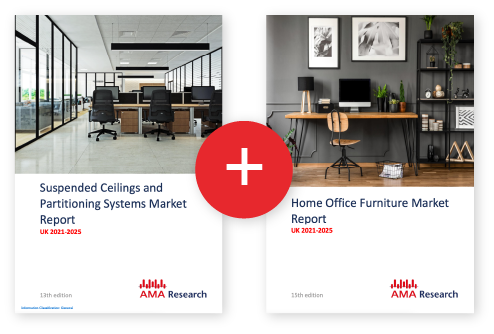
Paired Report Discount
Save £250 for every two reports you buy
Discount applied in basket
Frequently bought together
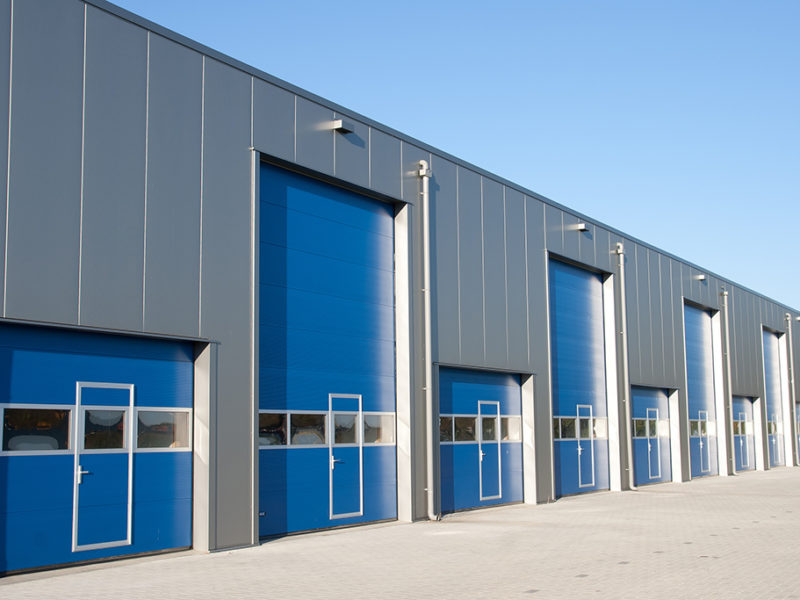
Trusted by industry leaders
For more detailed requests speak to our research experts directly
Research you can depend on
Our reports go deeper to give you the insights needed to make your next strategic move.
- Detailed assessment of the market – analysis of the market structure and recent developments within the market.
- Market prospects up to 4 years – market value, opportunities, impact of Covid-19, Brexit etc.
- Detailed information – market size, influences, market factors and key players.
- Analysis by product group – market size, product mix, sector trends etc.
